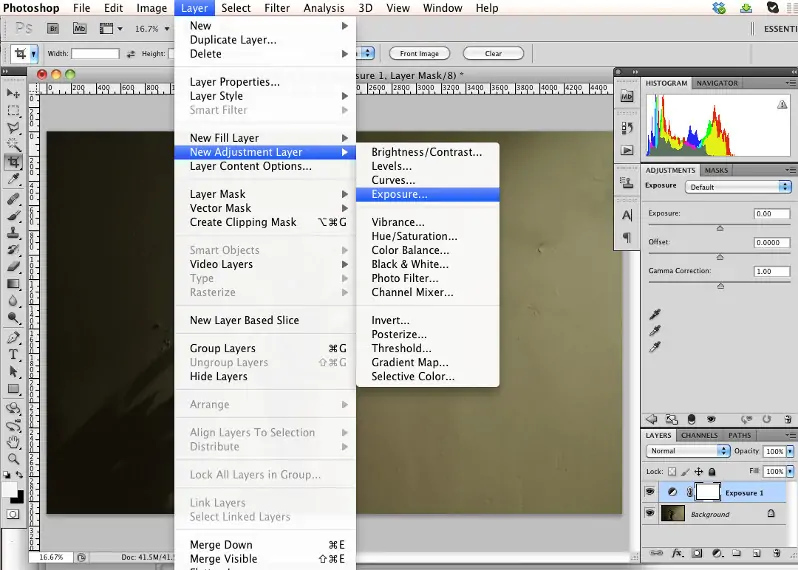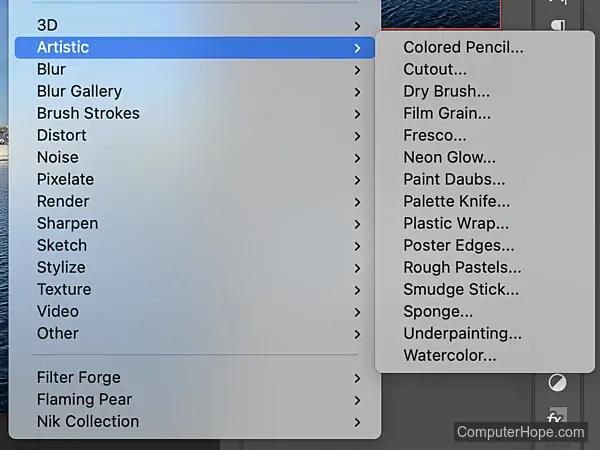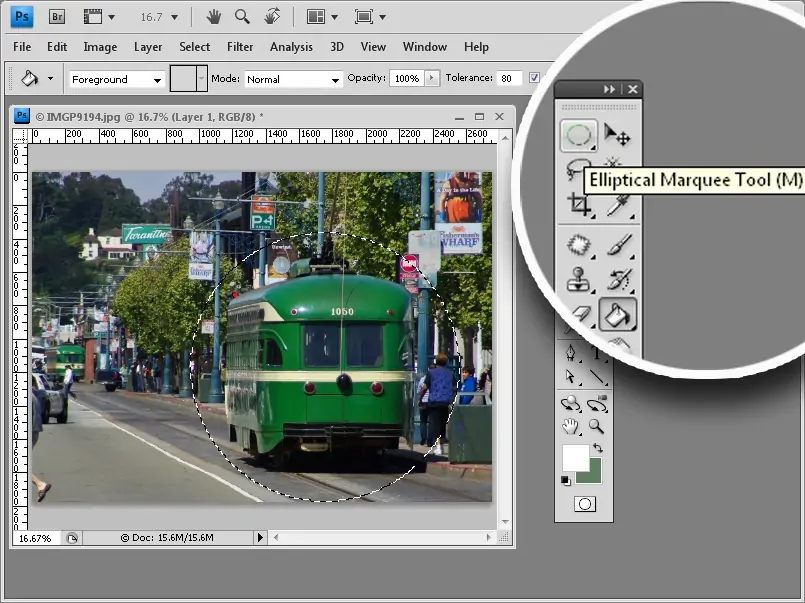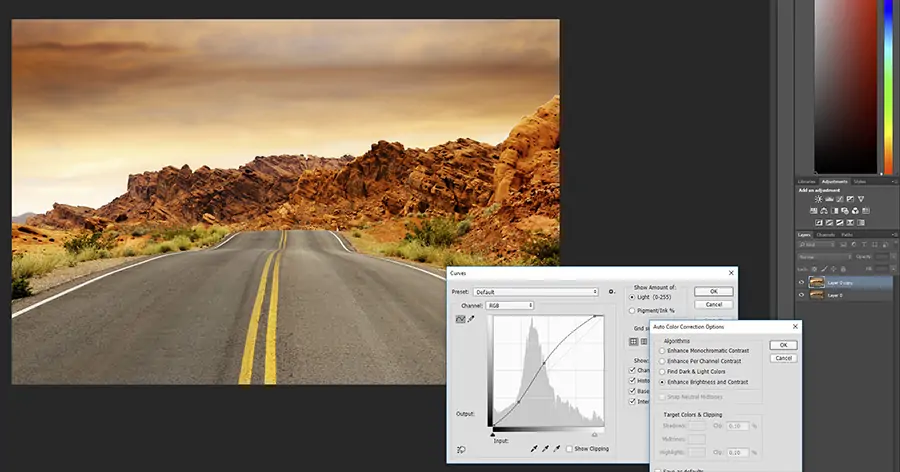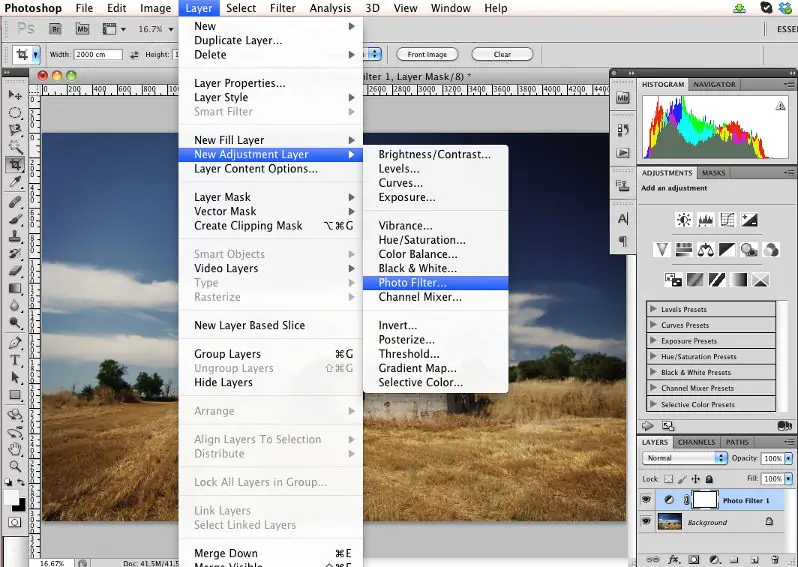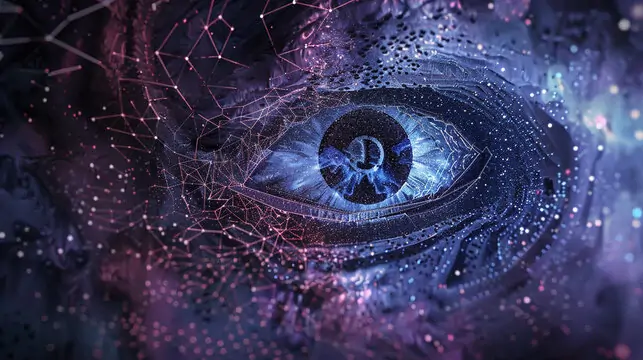
How To Create Heuristic Images
The heuristic art approach equips image editors and digital artists with creative shortcuts and algorithms that simulate human perceptiveness and cognitive abilities. It incorporates various manipulation techniques like edge detection, color enhancement, and pattern recognition to systematize and facilitate the editing process. Heuristic algorithms examine image content and execute adjustments formulated on pre-set rules. It results in optimized workflow efficiency and the achievement of liked aesthetic developments. Common strategies to introduce heuristic details in images include noise reduction, sharpening, and content-aware filling. As a result, you get refined and visually adorable images. Besides, heuristic strategies give way to creative practices and exploration, which empowers the artists to polish their artistic vision while maintaining the management of the editing process. Heuristic images possess attributes like balanced colors, enhanced contrasts, and improved clarity, along with the addition of amazing elements and effects. This blog will highlight the specific steps and techniques that you can adopt to edit images with a heuristic approach.
Step 1: Base Image Selection
Start by recognizing the purpose or objective of the image editing process. Contemplate whether you want to upgrade the image’s aesthetic dimension, pass on a particular message, or accomplish a specific artistic style.
Assess the substance of potential images, considering variables such as subject matter, composition, and visual components. Select an image that complies with your creative vision and offers possibilities for heuristic manipulation.
Examine the quality of the under-consideration images, emphasizing components like resolution, clarity, and image constancy. Select an image with adequate detail and resolution to bolster heuristic altering without compromising picture integrity.
Look into the passionate effect or account potential of candidate pictures, assessing how they inspire sentiments or tell a story. Select a photograph that resounds with you candidly and offers opportunities for heuristic interpretation.
Based on the considerations, make a last choice on which image to utilize as the foundation for your heuristic art creation. Go for the shot that best suits your inventive goals and offers plentiful potential for heuristic control and creative expression.
Step 2: Setting The Basic Parameters
Start by bringing the chosen photo into your chosen editing app, ensuring file format and resolution compatibility.
Start the preprocessing phase by making fundamental alterations like adjusting exposure, altering brightness and contrast, and optimizing color balance to set up a suitable beginning point for heuristic editing.
Assess the composition of the image and consider whether cropping is essential to progress framing or expel diverting components. Utilize cropping features to refine the composition and focus attention on key components inside the image.
Attend to any perspective distortions or geometric irregularities present within the image. Employ perspective correction options to straighten lines and guarantee that structural or geometric components show up naturally and are balanced.
If appropriate, apply noise reduction techniques to play down graininess or digital noise within the image. Alter noise reduction settings to attain a harmony between noise reduction and conservation of image detail.
Survey output settings such as picture resolution, file format, and color space are to guarantee that they are in accordance with aiming use or distribution.
Step 3: Heuristic Filters Inclusion
Select suitable heuristic filters or algorithms based on the specified artistic outcome or editing objectives. Consider variables such as color enhancement, texture control, or special impacts.
Actualize a layering approach to apply heuristic filters non-destructively. Make isolated adjustment layers for each filter to preserve adaptability and control over editing adjustments.
Utilize heuristic filters to elevate color energy, saturation, and tonal range within the picture. Test with color balance alterations to attain a harmonious color palette or inspire particular dispositions.
Apply heuristic strategies to control textures inside the photograph, improving surface specifics or making artistic impacts. Utilize texture filters to include profundity, dimension, or visual intrigue in different components.
Utilize heuristic algorithms to increase image sharpness and clarity, progressing image definition and detail interpretation. Alter sharpness settings to attain ideal balance.
Explore with heuristic-based special impacts channels investigating choices such as blur impacts, distortion impacts, or stylized filters to attain craved visual impacts.
Practice with different combinations of heuristics and observe the effect of each filter application on the overall image appearance, making alterations in a like manner.
Step 4: Focusing On Selective Areas
Start by identifying particular regions inside the image that require specific editing. Utilize selection tools like lasso, marquee, or brush tools to illustrate the boundaries of the chosen regions precisely.
Execute masking procedures to control the visibility and effect of editing adjustments inside the chosen zones while protecting the integrity of encompassing regions.
Utilize adjustment layers to alter color, contrast, sharpness, or other visual attributes within the selected ranges while maintaining non-destructive editing adaptability.
Test with diverse adjustment settings and procedures to refine the appearance of chosen components inside the image.
Blend the edited regions consistently with the surrounding regions of the image utilizing layer blending modes and opacity adjustments.
Utilize specific editing to improve contrast or emphasize particular components inside the image. Apply contrast alterations selectively to chosen regions to make focal points or upgrade visual interest.
Repeat these practices to attain the required balance and cohesion between altered and unedited regions of the image.
Step 5: Creative Effects Application
Start by exploring diverse heuristic settings, filters, and adjustments to explore different aesthetic effects and editing strategies. Grasp a soul of creativity and interest as you explore the potential of heuristic creativity in image editing.
Be flexible in your editing approaches and make incremental changes and refinements to explore diverse creative outcomes. Persistently assess the effect of each alteration on the overall image appearance and aesthetic expression.
Closely attend to visual criticism during experimentation, watching how each heuristic alteration influences distinctive angles of the picture, such as color, contrast, surface, and composition. Utilize visual feedback to direct decision-making and refine editing alterations.
Test with subtle varieties in filter parameters or alteration levels to find special aesthetic expressions and refine your editing technique.
Explore a medley of heuristic strategies and approaches, like color grading, surface control, sharpening, and special impacts. Play with combining different strategies to make complex and visually compelling alters.
Utilize experimentation and emphasis as a means of realizing your aesthetic eagerness and communicating your special creative voice through the editing process.
Step 6: Introducing Personal Styles
Try using color grading tools in your image-altering software to alter the color palette and make a particular disposition or climate. Choices like hue/saturation adjustments, color balance, and selective color altering offer exact control over color tones.
Add surface overlay effects utilizing blending modes and texture layers to include profundity and visual fascination to your image.
Utilize apparatuses like blending modes, layer masks, and surface brushes to blend textures consistently into the image.
Look into creative brush procedures to include painterly effects, texture details, or custom components to your image. Utilize brushes with different textures, shapes, and opacities to attain interesting artistic effects.
Explore with special effects filters to include energetic components or stylized effects to your image. Choices like lens flare, motion blur, and particle impacts can improve the visual effect and aesthetic expression of your composition.
Tune up the visual symmetry and harmony of your image with choices like cropping, rotation, and viewpoint correction.
Try lighting alterations such as dodge and burn, gradient maps, and vignetting to make dramatic lighting effects and emphasize focal points.
Step 7: The Final Edits
Audit and fine-tune the heuristic alters connected to the image, making any essential adjustments to attain the required aesthetic result. Utilize tools like adjustment layers, masks, and opacity settings to refine altering alterations.
Pay attention to slight particulars inside the image, confirming that each component contributes cohesively to the overall composition. Make precise alterations to color, contrast, and sharpness to improve image clarity and visual effect.
Assess the consistency of editing alterations all through the image, guaranteeing that visual impacts and enhancements are connected consistently over different regions. Utilize consistency checks to preserve visual coherence and equilibrium.
Commit a quality confirmation check to distinguish and rectify any technical issues or defects within the image. Tackle issues such as noise, artifacts, or pixelation to guarantee the final photo meets high-quality measures.
Organize the picture for final yield by optimizing settings such as resolution, file format, and color profile. Consider the intended use of the image and accommodate output settings in a manner that is ideal for viewing and reproduction.
Conclusion
To sum up, creating heuristic images brings about enormous editing strategies through which the photographs are transformed into unusual and appealing appearances. Employing refined algorithms and filters, editors can expand the image’s colors, textures, and widespread composition, raising it to a lofty level of creative expression. Heuristic art is also an opportunity to experiment with diverse effects and modifications that create memorable visual developments in images, making them stand out with distinguishing styles and enriched visual influence. Operating specific image editing techniques and tools, the mundane shots can be boosted to incredible statuses, entrancing the viewers more than before.



